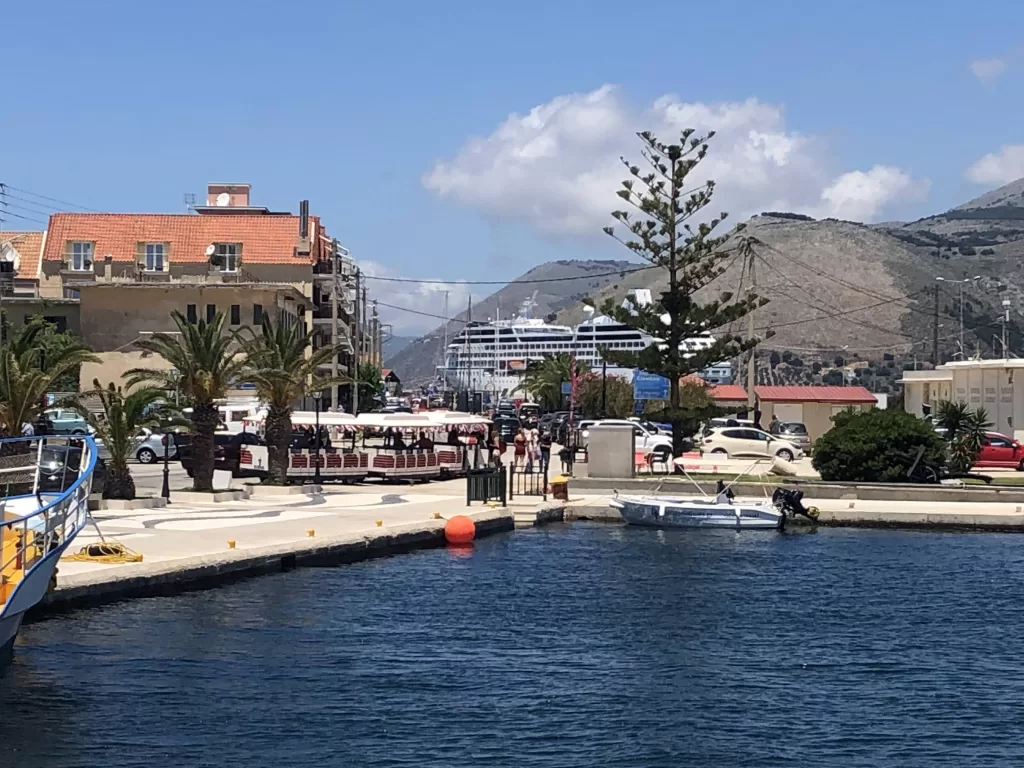The Tremors of Tragedy
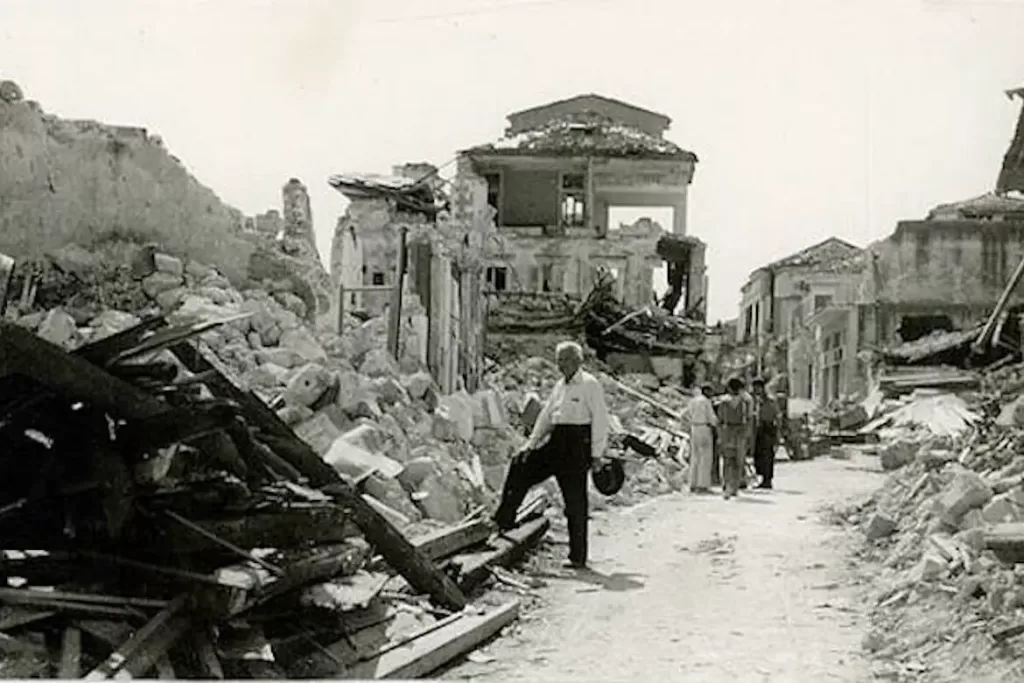
The devastating earthquake that struck the island of Kefalonia in 1953 stands as a poignant reminder of the power of nature and the resilience of the human spirit. This seismic event, which occurred on August 12, 1953, not only reshaped the physical landscape of Kefalonia but also left an indelible mark on the lives of its inhabitants.
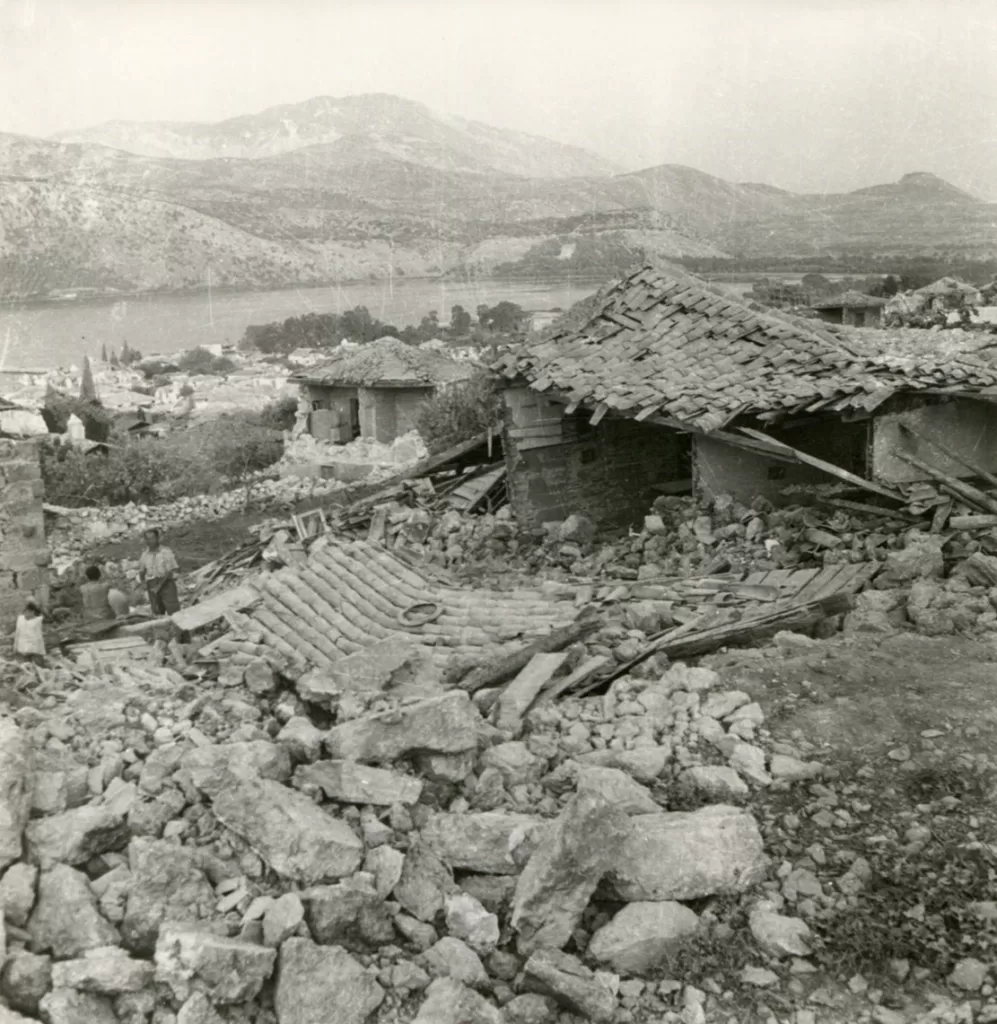
The Kefalonia earthquake of 1953, with a magnitude of 7.3 on the Richter scale, unleashed a wave of destruction unparalleled in the island’s modern history. The tremors, originating from the southern Ionian Sea, reverberated across Kefalonia and neighbouring islands, shaking buildings to their foundations and triggering landslides that buried entire villages beneath tons of rubble.
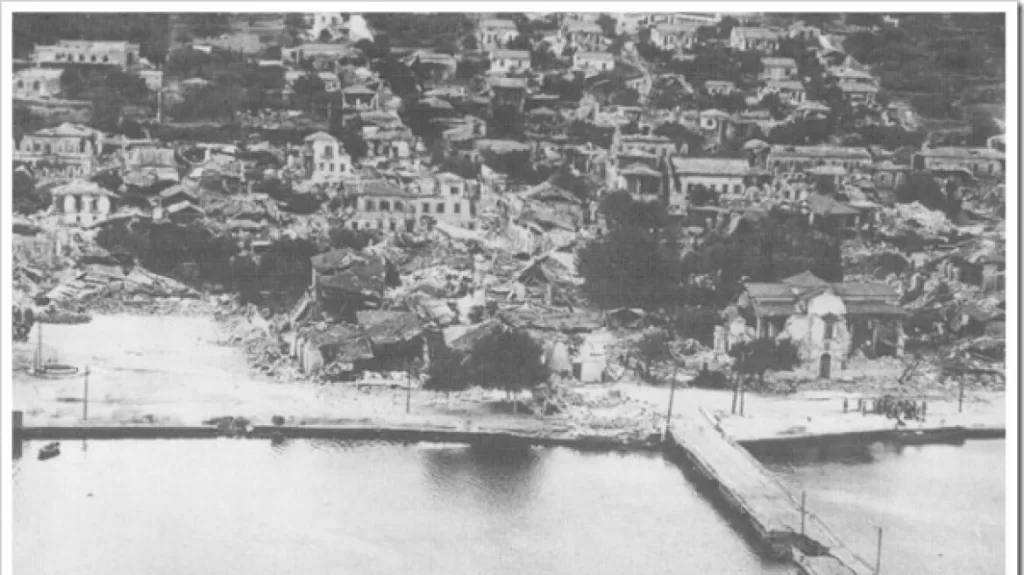
In the aftermath of the earthquake, the once-thriving communities of Kefalonia lay in ruins. Homes were reduced to rubble, churches crumbled, and infrastructure was decimated. The human toll was equally devastating, with thousands left homeless and hundreds losing their lives in the chaos and destruction.
Despite the overwhelming devastation, the people of Kefalonia refused to succumb to despair. In the days and weeks following the earthquake, a spirit of resilience and solidarity swept across the island as survivors banded together to rebuild their shattered lives.
International aid poured in from around the world, with countries offering assistance in the form of food, medicine, and reconstruction efforts. But it was the resilience and resourcefulness of the Kefalonian people themselves that ultimately paved the way for the island’s recovery.
Here is a short video clip showing footage of the devestation of our beautiful island https://cutt.ly/fw01bBTu


In the years that followed, Kefalonia underwent a remarkable transformation, rising from the ashes of destruction to emerge stronger and more vibrant than ever before. Villages were rebuilt, infrastructure was modernized, and the scars of the earthquake gradually faded as new beginnings took root amidst the rubble.
Today, the Kefalonia earthquake of 1953 remains etched in the collective memory of the island’s inhabitants, serving as a reminder of the fragility of life and the resilience of the human spirit. Memorials and monuments stand as silent tributes to those who perished, while the rebuilt towns and villages stand as symbols of hope and renewal.
As visitors traverse the rugged terrain of Kefalonia, they are reminded not only of the island’s tumultuous past but also of its enduring spirit. The scars of the earthquake may still linger beneath the surface, but they serve as a testament to the strength and resilience of a community that refused to be broken.
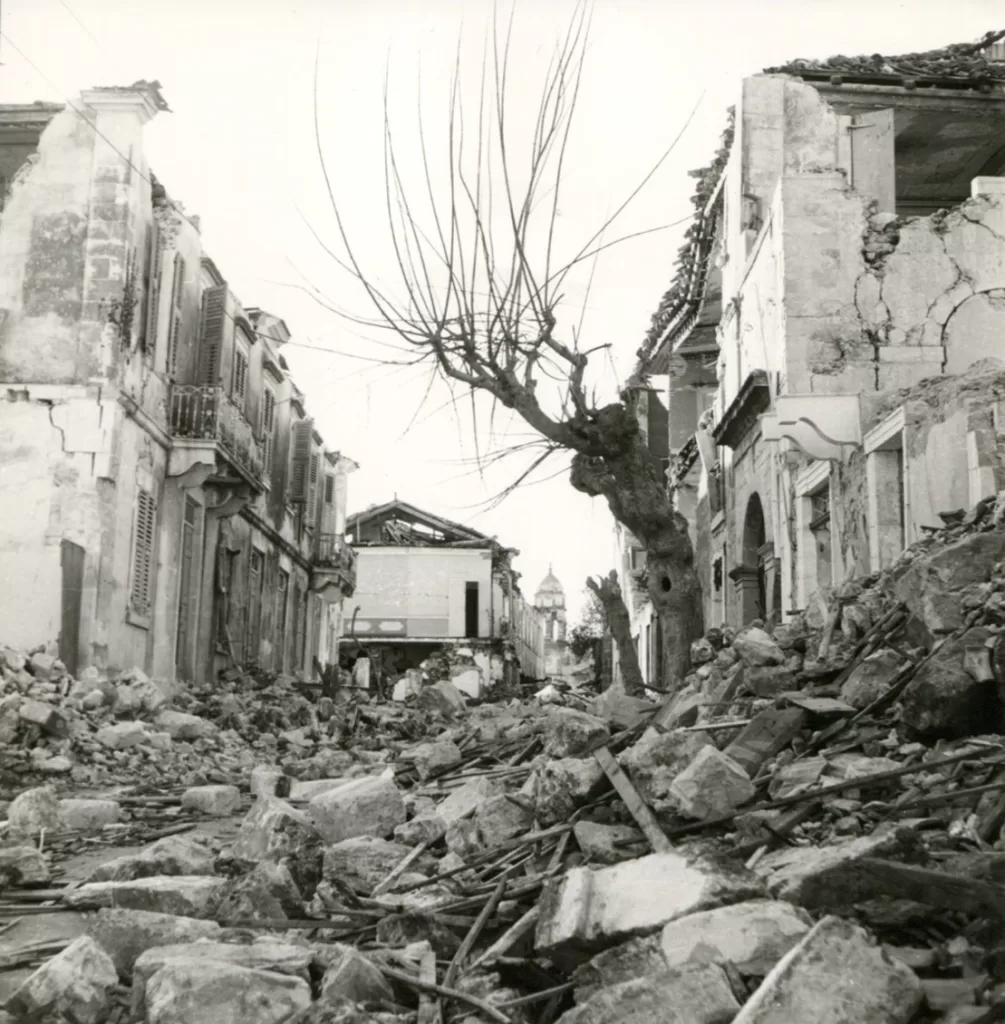
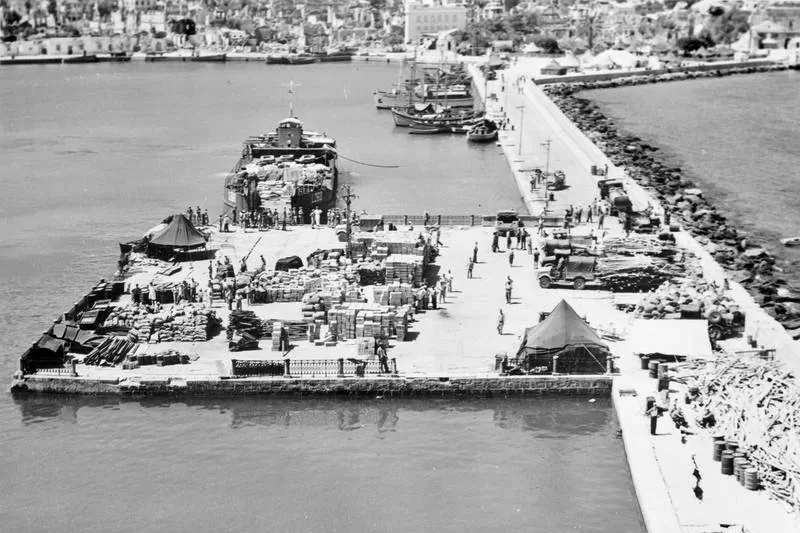
In commemorating the Kefalonia earthquake of 1953, we honour not only the lives lost and the devastation wrought but also the indomitable spirit of the people who rose from the ashes to rebuild their lives and their island. For in the face of tragedy, it is often in our darkest hours that we find the strength to shine brightest.
So to conclude…
From its awe-inspiring landscapes to its welcoming embrace, Kefalonia captivates all who have the privilege of experiencing its charms. Whether seeking adventure, relaxation, or cultural immersion, this Greek gem offers something for everyone. As visitors depart its shores, they carry with them memories of sun-drenched beaches, delicious cuisine, and the warmth of Kefalonia’s hospitality. It’s no wonder, then, that everyone loves Kefalonia – a place where dreams are made and memories are cherished for a lifetime.
